Shanghai, China
+86-17317656853
inquiry@cgprotection.com


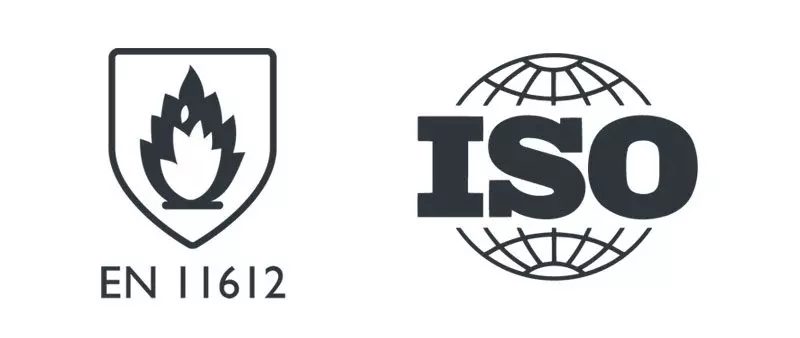
Have you ever wondered if you had EN ISO 11612: Protective Clothing standard knowledge? You might have heard of EN ISO 11612 before, but you probably do not know what it is all about. You’re not alone. There are thousands of standards you could have knowledge of which means it can be challenging to choose. I’ve built my fair share of products and tested a lot of standards in the past. this article let us learn everything about EN ISO 11612.
The purpose of FR clothing is to provide a barrier between the wearer and the hazards they work in.
The European Standards Organisation (CEN) has developed a number of standards for personal protective clothing (PPE). The CEN standards cover a range of hazards and are available to all manufacturers producing garments protecting workers against heat and flame risks.
Three intended safety standards available to manufacturers producing flame resistant garments protecting workers against heat cover the following:
• EN ISO 11612:2015 – Protective Clothing against heat or flame
• EN ISO 11611:2015 – Protective Clothing for use in welding and allied processes
• EN ISO 14116:2015 – Protective Clothing against Flame, material assemblies, and clothing
EN ISO 11612 is a European standard that specifies the minimum requirements for safety clothing to protect against heat and flame. The standard applies to garments that are exposed to radiant, convective, contact heat, or molten metal, and that are designed to protect the wearer against heat and/or fire. Safety clothing that meets EN ISO 11612 standards can provide excellent protection against heat and flame.
The following types of protection, their letter code, and number codes means in EN ISO 11612:
EN 11612-A Flame Spreading
EN 11612-A is a test to determine the fire resistance of textiles and materials used in clothing, upholstery, and other products.
Fabric and seams are flamed for 10 seconds during this test. As the result, the after-lamp time, afterglow time, and hole formation must remain within the values of the set standard.
Tests can be conducted in two ways:
EN 11612-B Convective Heat Resistance Test
What is heat conduction when exposed to flames? In this test, the material is exposed to flames. The temperature rise at the top is measured by means of a calorimeter. It determines how much time (s) it takes to reach 24 ° C. As a result, the class is determined as follows:
EN 11612-C is a European standard for the testing of fire resistance of textiles. The test method is based on the time needed to reach a temperature rise of 24 ° C. If a material takes longer than 95 seconds it is classified as C4.
The test method consists of exposing the material to radiant heat by means of infrared. A calorimeter measures the temperature rise on the other side of the fabric. It measures how long it takes to reach a temperature rise of 24 degrees Celsius. Based on this, the class is determined:
EN 11612D / E Molten Metal
In this test, molten metal splashes are measured for protection. On the back of the fabric is a membrane that simulates human skin. After this, aluminum molten (Code D) and iron molten (Code E) is applied. It is possible that the membrane on the back of the fabric will not deform.
The maximum allowable weight for splashes of molten metal is indicated in the following table:
EN 11612-F Contact Heat
The EN 11612-F test measures the protection of fabric against contact heat via clothing. In the test, the substance is brought into contact with a test object at 250 °C, and the time at which the heat reaches the back of the fabric is measured. Based on the measured threshold time, the achieved class is determined as follows:
The standard EN 11612 specifies that these six types of tests must be carried out on samples cut from a single material. The material used must be representative of those used in practice, in particular with regard to their chemical composition and their physical properties (density, thickness).
In the table below the usual protective clothing is classified.
| Safety clothing | Classification |
| T-shirts and Polo | A1, B1, and C1 |
| Sweater and fleece | A1, B1, and C2 |
| Parka | A1, B1, C1, E3, and F1 |
| Softshell | A1, B1, and C2 |
| Overall and pants | A1, B1, C1, E2, and F1 |
EN ISO 11612 is the international standard for testing the flame resistance of textiles. The test method provides a simple, reliable, and reproducible way to determine the fire resistance of clothing, curtains, and other items of household use.
The Standard specifies the number of tests that may be used for determining the fire resistance of textiles:
EN ISO 11611 is a standard for protective garments for use in welding and allied processes. The standard specifies requirements for the design, manufacture, and testing of clothing worn by workers exposed to the risk of fire or electric arc.
It is applicable to the design and manufacture of safety clothing intended for use by workers who are exposed to the risk of fire or electric arc.
The standard does not apply to:
– Protective clothing designed for use in other industrial sectors (e.g. nuclear power plants, petrochemical industries, etc.) unless it is also used in welding operations;
– Protective gloves made from natural rubber latex;
– Protective gloves made from nitrile butyl rubber;
– Protective gloves made from polyvinyl chloride (PVC);
– Protective clothing made from leather;
EN ISO 11611 is the standard for clothing used in welding processes. While there are several different types of safety clothing that can be used, including leather and synthetic materials, EN ISO 11611 is the most common type of clothing used by professionals.
EN ISO 11612 is another type of protective clothing that is similar to EN ISO 11611 but offers a higher level of protection against heat and flame. This type of welding clothing is typically used for more intense welding processes like arc welding, which require additional protection from sparks or arcs.
There are several major differences between EN ISO 11611 and EN ISO 11612. In general, EN ISO 11611 offers less protection from sparks or flames than EN ISO 11612 because it was designed for low-intensity welding processes like gas welding or brazing where sparks may not be present. However, it does offer better protection from heat than EN ISO 11612 because it was designed for low-intensity processes where there may be more heat coming directly from the workpiece rather than from sparks being generated by the welder’s torch.
EN ISO 14116 is a European standard for flame-resistant clothing. It is intended to protect wearers from fire and heat and is made from materials that will not ignite or melt when exposed to high temperatures. EN ISO 14116-certified clothing is typically used by firefighters, welders, and other workers who are exposed to potential sources of ignition.
EN ISO 14116 specifies requirements for garments that protect against the spread of fire. These garments are intended to be used by people engaged in occupations involving the risk of exposure to flames, such as firefighters and welders. The standard applies specifically to the surface flammability properties of the garment’s material in order to ensure that it does not pose an additional risk in a fire situation.
The EN ISO 14116 standard was first published in 2005, with an amendment published in 2008. Both publications were updated with new information following a revision process that began in April 2018.
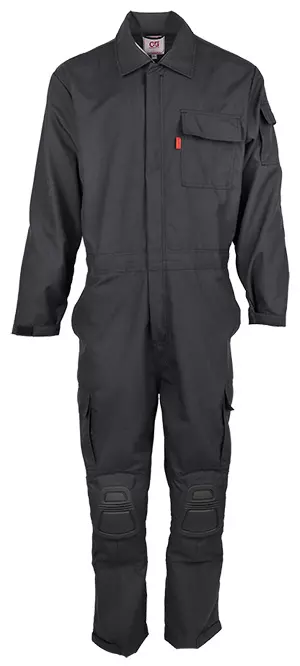
FR clothing is designed to protect wearers from fire and heat. It is made from Flame Resistant (FR) materials that self-extinguish when the source of ignition is removed. FR clothing meets the requirements of the European Standard EN ISO 11612. This standard specifies the minimum requirements for safety clothing against heat and flame.
FR clothing is an important choice for workers who are exposed to fire or heat, such as in the oil and gas industry, welding, and foundry work. Wearing FR clothing can help prevent serious injuries or death in the event of a fire or explosion.
Protective clothing must be tested before it can be used as part of a complete system for protection against heat sources or open flames (see EN ISO 11611). The test method specified in this standard consists of testing finished fabric samples cut from production pieces under defined conditions (see EN ISO 11612-1). It is based on a single-layer garment made from the same materials and with the same construction as the finished product.
The EN ISO 11612 is an important standard in the testing and evaluation of safety clothing against heat and flame hazards. It’s important to understand the test method, though it’s equally important to know that the tests are only conducted if the user of the clothing provides detailed information about the environment of use.
A one-size-fits-all evaluation can never be performed, as every workplace is unique. You need to make sure that you have properly qualified products designed for your industry.
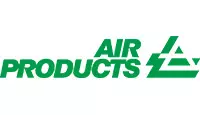
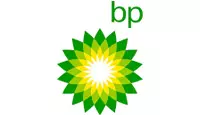
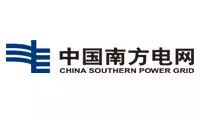
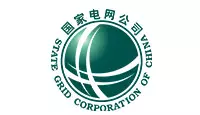
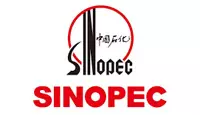
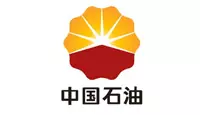
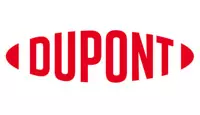
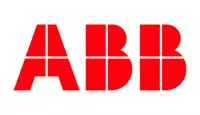

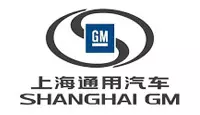
© 2023 Shanghai C&G. All Rights Reserved.